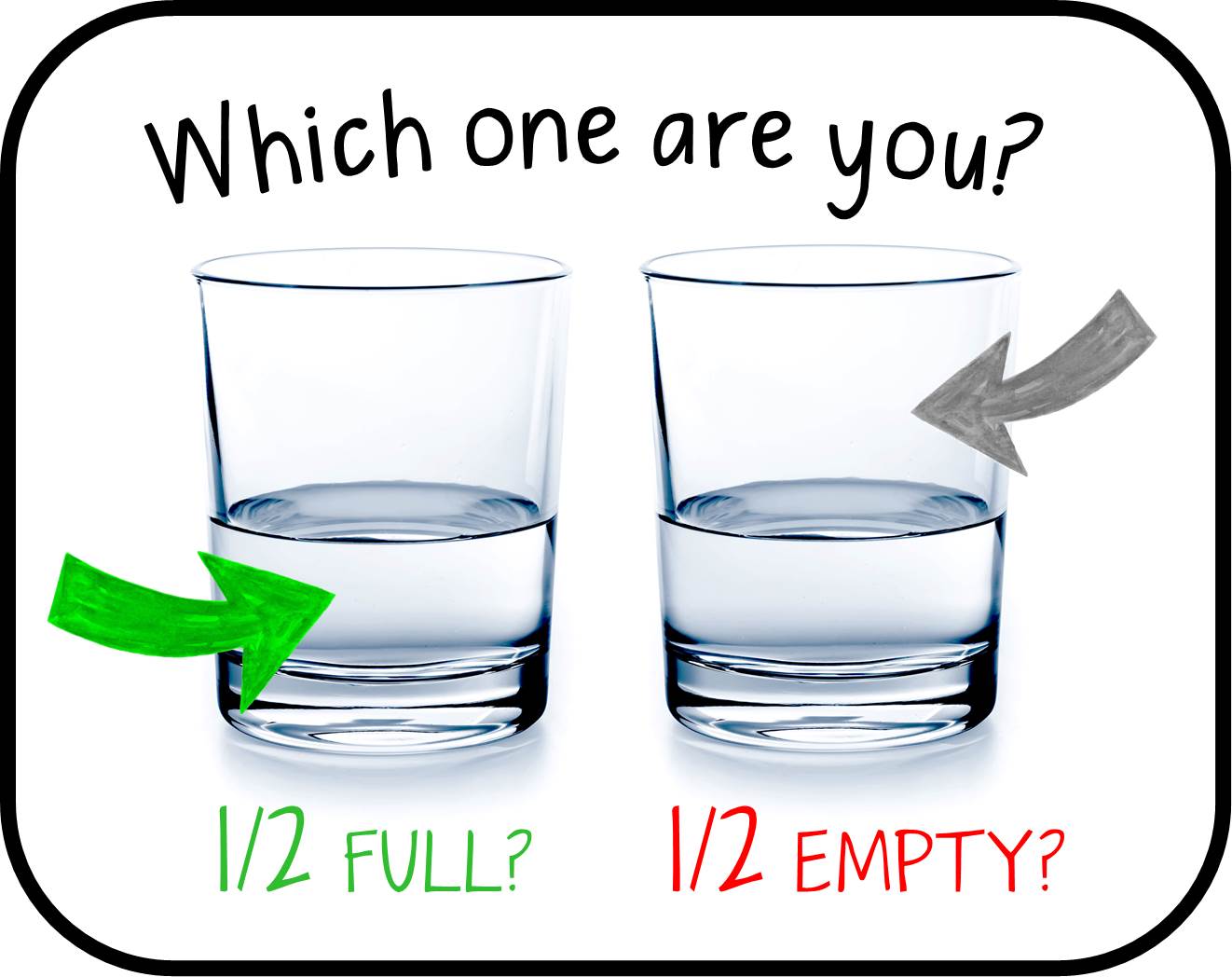 By: Daniel Fund
By: Daniel Fund
Many couples think that they just need to be able to find an agreement, a compromise, a solution to their disagreements. And that couples' therapy is about solving their disagreements. In fact, for many years this is how couples' therapists approached therapy as well.
Unfortunately, this approach failed and statistically, their success rates were very low.
But the field of couples therapy research has changed dramatically. In the last 40 years, Dr. John Gottman, Dr. Leslie Greenberg, and Dr. Sue Johnson, to name a few major names have made real breakthroughs, having studied many thousands of couples, watching them closely in action, on live cameras, video, behind one-way glasses and otherwise.
One of Gottman's findings is that about 70% of our disagreements as couples, never get solved! And this is true not only for failing couples but for the very successful couples as well!
So, if solving problems is not what leads to success, what does?
The answer is that as a therapist, I can help them reach such an emotional bond that makes the issue of solving problems redundant, a non-issue. Once they have this bond, they will not necessarily need me to solve their problems.
Find out more inside.
Read More


.png)

.png)

.png)


.png)

.png)
.png)

.png)

.png)
.png)




